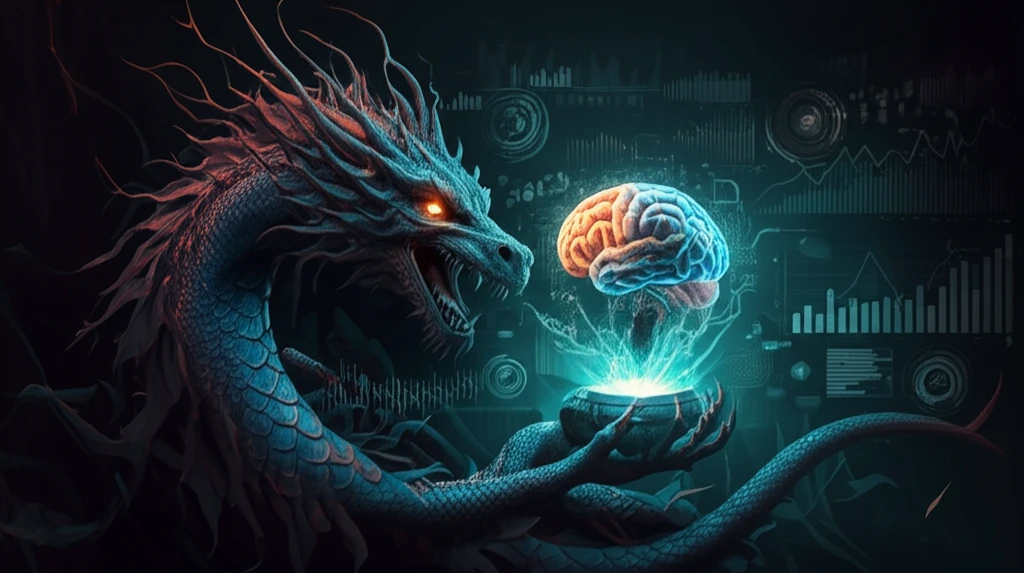
Can AI Predict China's Economic Future? Machine Learning vs. Expert Opinions
"A Deep Dive into Forecasting China's GDP Growth Using Machine Learning and Expert Economic Analysis"
In an era defined by rapid economic shifts and unprecedented global events, accurately forecasting economic trends has become more critical than ever. China, as a major global economic force, presents a unique challenge in this regard. Traditional macroeconomic forecasting, heavily reliant on structural modeling, often struggles to adapt to the 'new normal' characterized by unexpected shocks and evolving market dynamics.
Enter machine learning. With its capacity to process vast datasets and identify complex patterns, machine learning offers a promising alternative. But can algorithms truly decipher the intricate web of economic factors that drive China's growth? This question is at the heart of a growing debate, pitting data-driven models against the seasoned judgment of economic experts.
This article delves into the application of machine learning in forecasting China's quarterly GDP growth. We'll explore how these models compare against traditional econometric methods and, crucially, against the forecasts of economic experts who possess an understanding of the intricacies of the Chinese economy.
The Rise of Machine Learning in Economic Forecasting

Traditional methods, such as econometric models, have long been the cornerstone of economic forecasting. These models, including VAR (vector autoregressive) and MIDAS (mixed-frequency data) models, rely on historical data and established economic relationships to predict future trends. However, these models often struggle when faced with unforeseen events or rapid structural changes.
- Increased Accuracy: Machine learning models often demonstrate lower forecast errors compared to traditional methods, especially during stable economic periods.
- Adaptability: These models can adapt to changing economic conditions by continuously learning from new data.
- Pattern Recognition: Machine learning excels at identifying non-linear relationships and complex patterns that econometric models might overlook.
The Future of Economic Forecasting: A Blend of AI and Expertise?
The integration of machine learning into economic forecasting is not about replacing human expertise, but rather augmenting it. By combining the analytical power of AI with the nuanced understanding of economic experts, we can achieve more robust and accurate forecasts. This collaborative approach is essential for navigating the complexities of the modern economic landscape and making informed decisions in an increasingly uncertain world.
